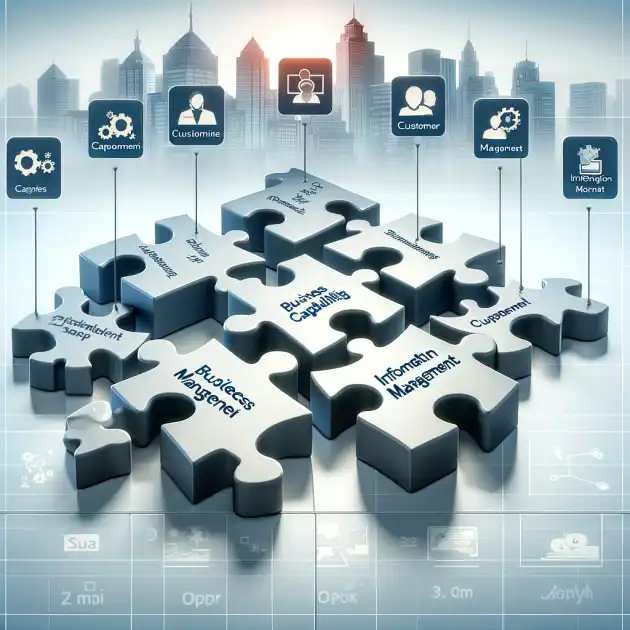In the ever-evolving landscape of business, understanding and managing the abilities that enable an organization to achieve its objectives is crucial. This is where the concept of business capabilities comes into play. These capabilities serve as the foundational elements of business architecture, providing a clear and stable view of what a business does, independent of how it is organized or the processes and technologies it employs.
What is a Business Capability?
A business capability is defined as a particular ability or capacity that a business possesses or can develop to achieve a specific purpose or outcome. It represents what a business does without delving into how, why, or where it performs these activities. This distinction is vital in business architecture, where the focus is on separating the concern of what is done from who does it and how it is achieved.
Defining a Business Capability
Naming Convention
Defining a business capability starts with a clear naming convention, typically in a noun-verb format, such as "Project Management" or "Strategy Planning." The noun represents a unique business object, while the verb describes the activity associated with it. This approach helps in identifying the information objects tied to the business capability and ensures clarity and distinction from other capabilities.
Description
A concise and precise description of the business capability is essential, typically phrased as "the ability to…" This description should provide more insight than the name alone and avoid repetition.
Elements to Implement Business Capabilities
Implementing business capabilities involves a combination of roles, processes, information, and tools:
People
People represent the individual actors or business units involved in delivering a capability. It's important to avoid describing people in organizationally specific terms, as roles may be components of other capabilities or require further elaboration.
Processes
Business capabilities may be enabled or delivered through various processes. Identifying and analyzing these processes helps optimize the capability's effectiveness.
Information
Information encompasses the business data and knowledge required by the capability, distinct from IT-related data entities.
Resources
Capabilities rely on resources such as IT systems, physical assets, and intangible assets for successful execution.
Business Capability Mapping
A business capability map represents the complete set of capabilities an enterprise has to run its business. It provides a visual depiction of these capabilities, logically grouped to enable effective analysis and planning. This map is independent of the current organizational structure, processes, and IT systems, offering a stable view of the business.
Approach
There are two approaches to creating a business capability map: top-down and bottom-up. The top-down approach starts by identifying the highest-level capabilities, while the bottom-up approach builds from within different parts of the business. A combination of both approaches is often used for refinement.
Structuring the Business Capability Map
Structuring the map involves stratification and leveling:
- Stratification: Classifying and aligning capabilities within categories or layers to break down the map for easier understanding.
- Leveling: Decomposing each top-level capability into lower levels to communicate more detail appropriate to the audience or stakeholder group.
Impact and Benefits of Business Capability Mapping
The business capability map provides several benefits:
- Provides a common vocabulary around what the business does.
- Allows understanding of business relationships in terms of shared capabilities.
- Focuses investments and cost savings by mapping to the same capabilities.
- Relates projects to each other through a common view of capabilities.
- Ensures stakeholders agree on the capabilities to be delivered before proposing solutions.
- Determines which capabilities deliver value for the stages of a value stream.
Mapping Business Capabilities to Other Business Architecture Perspectives
Mapping business capabilities to other domains helps strengthen alignment across the business and ensures that strategic and operational plans are supported by appropriate systems, processes, and organizational structures. This includes heat mapping to identify opportunities for improvement and relationship mapping to understand the connections between capabilities and other business and IT architecture domains.
Conclusion
Business capabilities are essential for developing and optimizing a Business or Enterprise Architecture. They provide a stable view of what a business does, helping leaders manage complexity and make better decisions. By linking capabilities to their underlying components and mapping them to different business perspectives, organizations can effectively plan and execute their strategies, ensuring alignment and optimization across all domains.
